Wood & Wood Products Industry
What is Wood & Wood Products Industry?
Solid wood products include lumber, veneer and plywood, furniture, poles, piling, mine timbers, and posts; and composite wood products such as laminated timbers, insulation board, hard-board, and particle board.
In addition to well-known products such as lumber, furniture, and plywood, wood is the raw material for wood-based panels, pulp and paper, and many chemical products.
The wood industry or lumber industry is the industry concerned with forestry, logging, timber trade, and the production of primary forest products and wood products (e.g. furniture) and secondary products like wood pulp for the pulp and paper industry. Some of the largest producers are also among the biggest owners of timberland. The wood industry has historically been and continues to be an important sector in many economies.
Before we get into all of the different wood varieties and their common uses, it’s important to understand the three basic types of wood you might encounter. These three types are: softwoods, hardwoods, and engineered wood. Each of these different wood types can be used in a number of different ways.
Wood & Wood Products
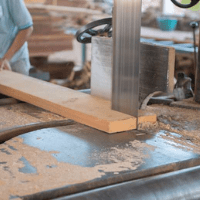
Sawmilling and planing of wood
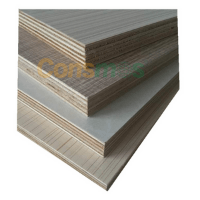
Manufacture of veneer sheets and wood-based panels

Manufacture of assembled parquet floors
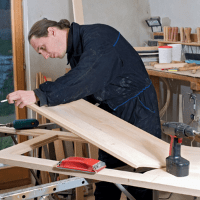
Manufacture of other builders' carpentry and joinery
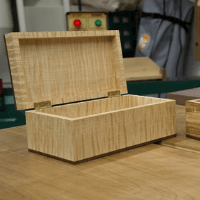
Manufacture of wooden containers
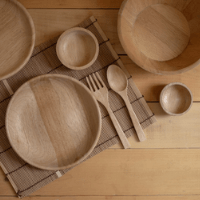
Manufacture of other products of wood; manufacture of articles of cork, straw and plaiting materials
Role of Shamkris
A Project Report is a document that provides details on the overall picture of the proposed business. The project report gives an account of the project proposal to ascertain the prospects of the proposed plan/activity.
Shamkris will provide a Project report covering Industry License requirements, competitor analysis, Land requirements, machinery requirements, equipment requirements, and financial requirements.
Some of the areas covered in the project report are outlined below:
- Introduction
- Project Description
- Uses and Applications
- Market Survey
- Raw Materials
- Manufacturing Process
- Process Description
- Process Flow Diagram
- Plant Layout
- Details of Plant & Machinery
- Suppliers of Raw Materials
- Suppliers of Plant & Machinery
- Plant Location Factors
- Land & building Required
- Power and Water Required
- Details of Manpower Required
- Financials of the Project
- License and application Certificate
Financials of the Project includes:
- Land and Building Costs
- Plant and Machinery Costs
- Other Fixed Assets
- Fixed Capital Investment
- Raw Material Costs
- Salaries and Wages
- Total Working Capital
- Cost of Project
- Total Capital Investment
- Cost of Production
- Turnover per Annum
- Profitability Analysis
- 5-year Profit Analysis
- Break-even Point
- Resources of Finance
- Cash Flow Statement
- Projected Balance Sheet
FAQ
Plywood and composite panels are manufactured by peeling, slicing, or chipping wood to create a raw material, pressing and gluing these raw materials into panels, engineered wood shapes, and other wood products, and setting the glue with the application of heat.
Wood based industries means any industry or processing unit whose primary raw material is wood or wood based products including round or sawn wood, softwood, pulpwood, plywood, veneers, wood chips, pulp, but does not include bamboos and their products.
